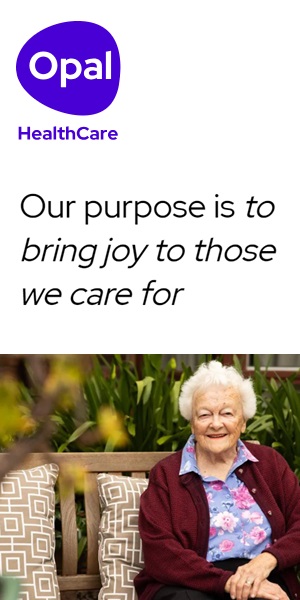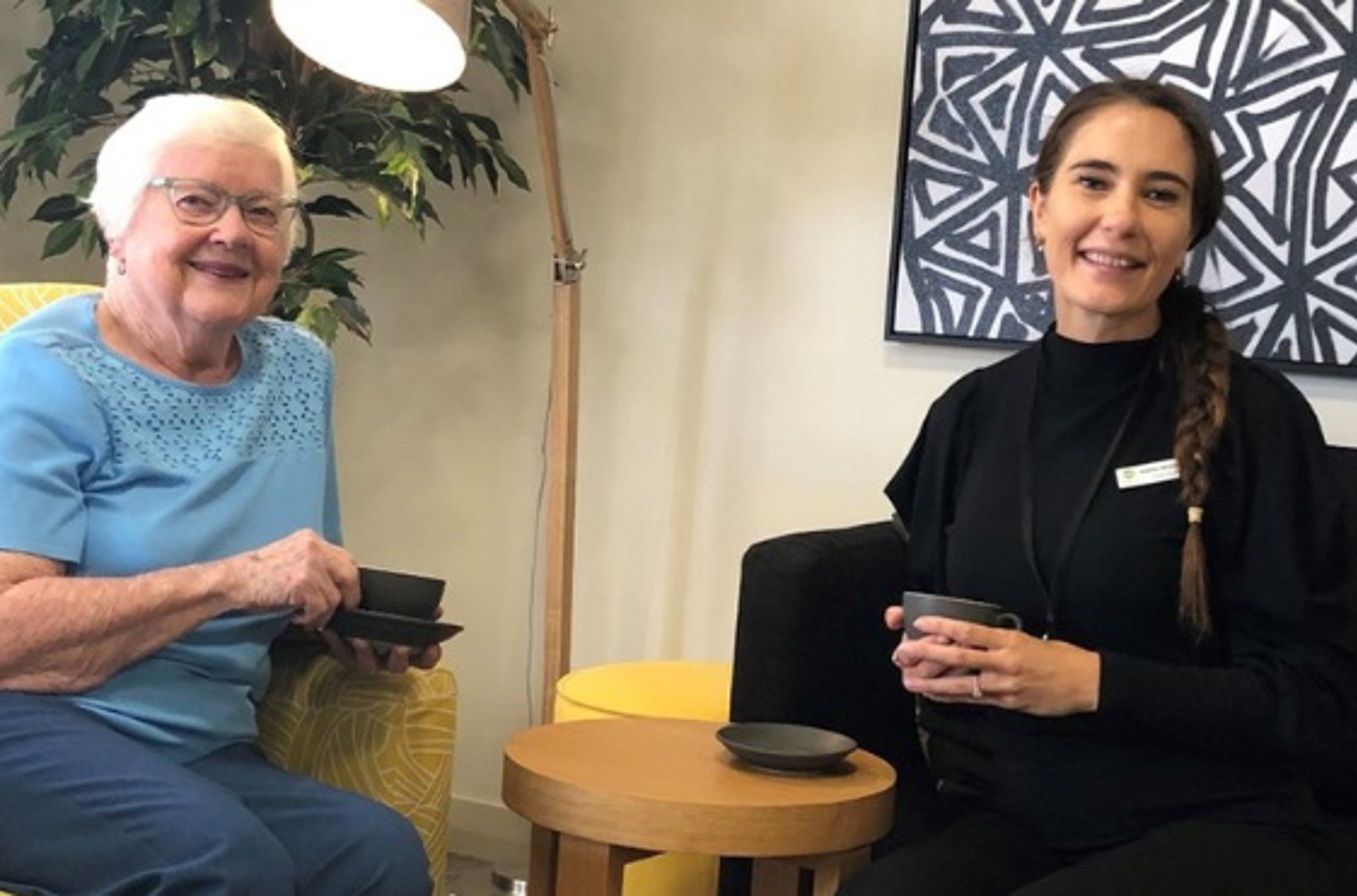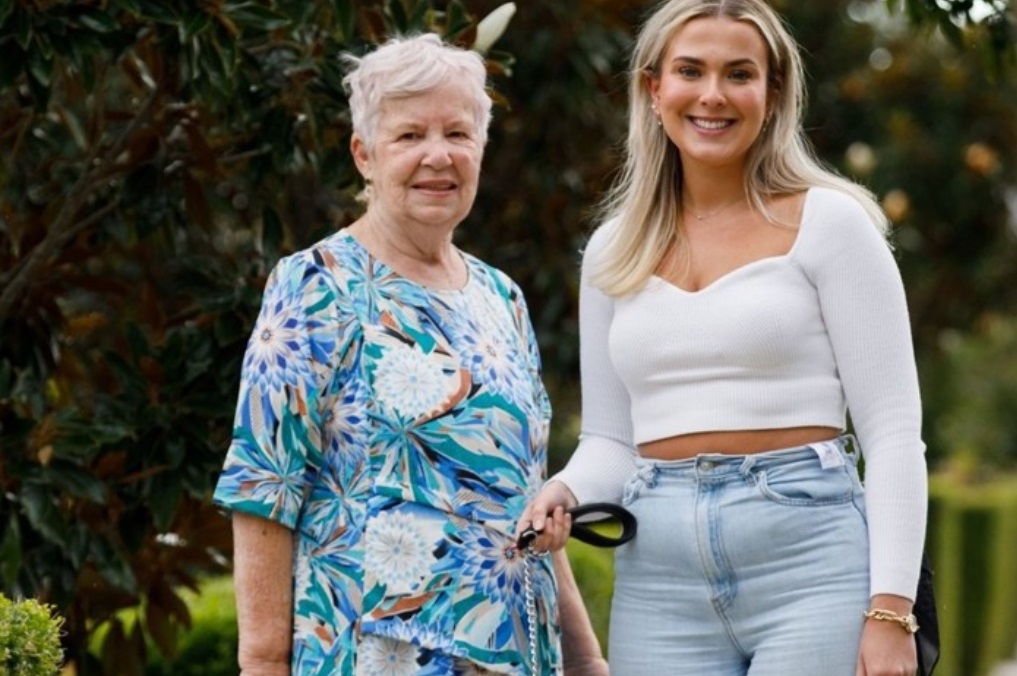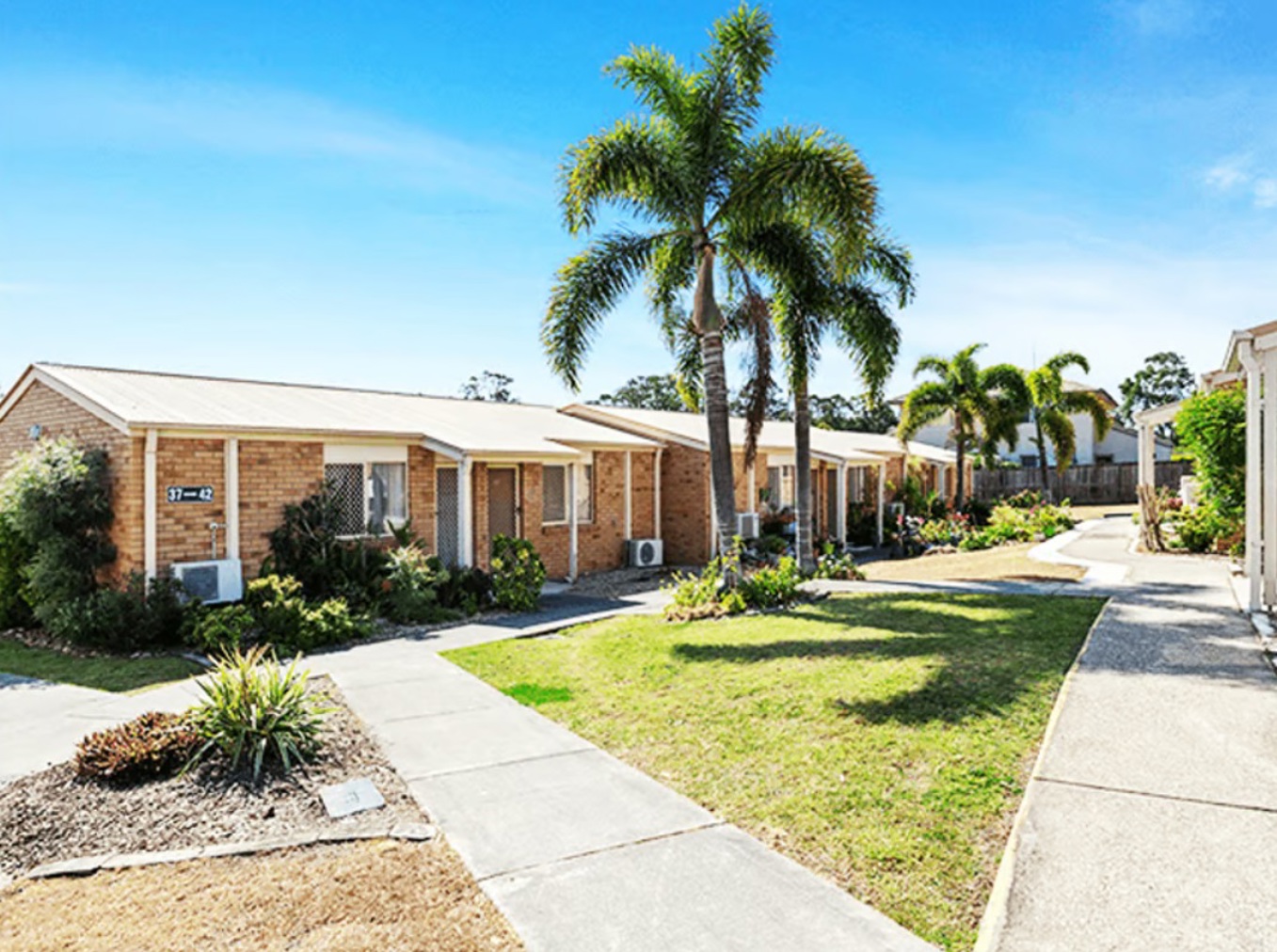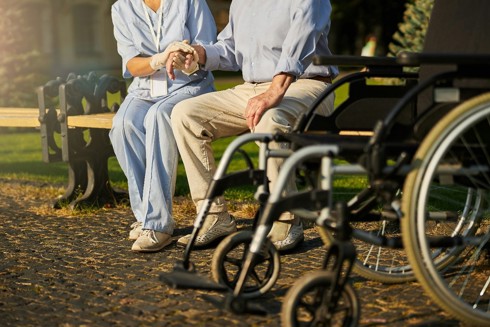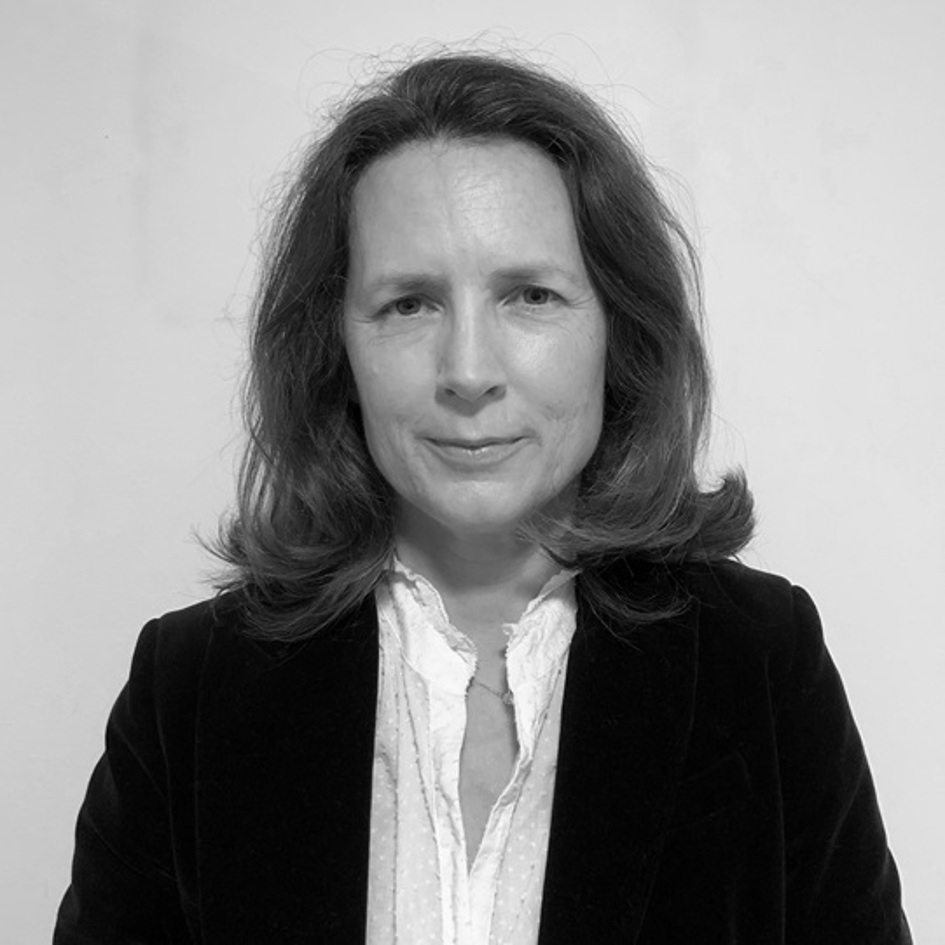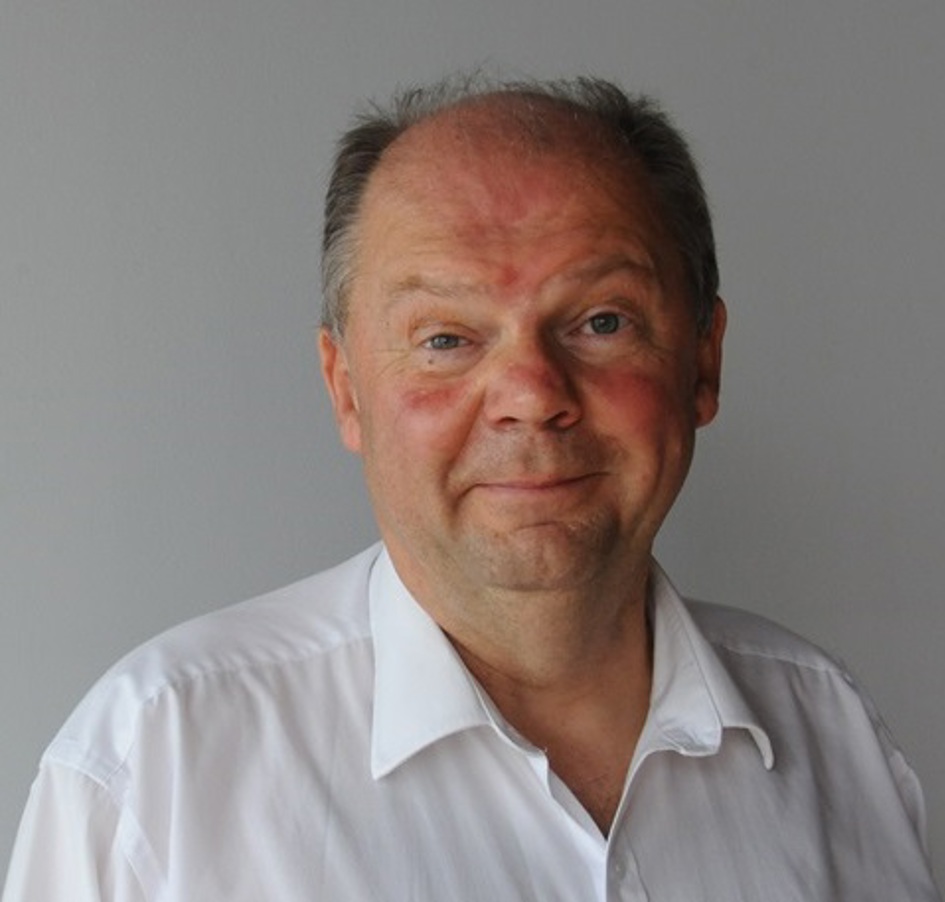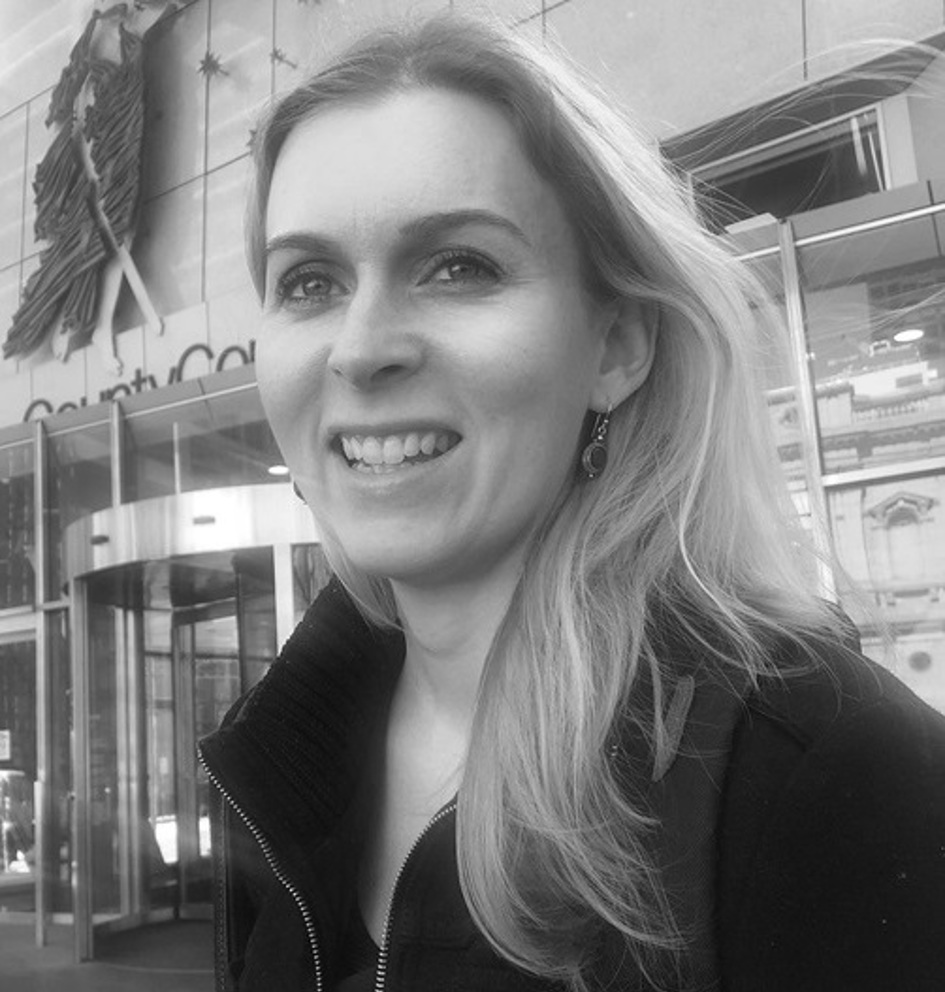The changes to entering residential aged care after 1 November 2025
23/10/2025

One of the biggest changes of the new Aged Care Act, which comes into force on 1 November 2025, is how aged care is funded.
Support at Home
From 1 November, for full pensioners and part pensioners, your Support at Home contributions will be determined by your existing Age Pension income and assets assessment. Non pensioners will need to provide information about their income and assets to Services Australia to have their Support at Home contribution rate assessed. Anyone who doesn’t provide this information to Services Australia will pay at the highest rates.
No worse off
The no worse off principle will apply to people already in aged care. If, as of 12 September 2024, you were:
• receiving a Home Care Package,
• on the National Priority System (waitlist), or
• assessed as eligible for a Home Care Package.
What it means
If you have been assessed as not having to pay an income tested care fee, you will not pay any fees under Support at Home.
If you currently pay an income tested care fee or have been assessed as having to pay an income tested care fee, you will make contributions in Support at Home but at lower rates which will ensure you do not pay more than you were in home care. Your current lifetime cap will also not change.
If you move into an aged care home at any time in the future, you’ll be subject to the current residential aged care means testing arrangements, unless you opt into the new contribution arrangements. However, if you move into an aged care home after 1 November 2025, you will be subject to the new accommodation payment arrangements.
Changes to your contribution arrangements
Under Support at Home, you will only pay for the services you use. How much you pay is based on a set percentage of the service cost. Contributions are based on two factors:
The type of service received:
a. You will make no contribution for clinical support services (such as nursing and physiotherapy).
b. You will make a moderate contribution for independence services (such as personal care), products and equipment under the Assistive Technology and Home Modifications (AT-HM) Scheme.
c. You will make a higher contribution for everyday living services (such as domestic help and gardening).
Your finances: The percentage of your contribution will depend on your financial circumstances, measured using your income and assets. Full pensioners will make the lowest contribution, and self-funded retirees who are not eligible for a Commonwealth Seniors Health Card will make the highest contribution.
If you or a loved one is in an aged care home
There will be changes to residential aged care contributions to make funding fairer and more sustainable.
The current means testing will continue to be used for residential aged care, but the types of contributions will change.
If you’re living in or move permanently into an aged care home on or before 31 October 2025, your current residential and accommodation payment arrangements will stay the same while you remain in care.
For people entering aged care homes from 1 November 2025, changes have been made to the means assessment, meaning about half of new residents may pay more. The treatment of the family home and refundable accommodation deposits for the aged care means assessment doesn't change.
Hardship assistance will still be available for participants in both residential care and Support at Home to ensure everyone can access care.
Contributions for everyday living costs
• Basic daily fee: All residents will continue to pay the basic daily fee (BDF).
• Hotelling Supplement: This helps aged care homes meet the cost of services such as catering, cleaning and gardening. Currently the government pays the Hotelling Supplement for all residents. From 1 November 2025, residents who can afford it will contribute towards some or all of the Hotelling Supplement. The government will continue to pay the rest, including the full Hotelling Supplement for those who are unable to afford to contribute.
Contributions for non-clinical care
• The government will now fully fund all clinical care costs in aged care homes.
• A new Non-Clinical Care Contribution (NCCC) will be introduced to cover things such as bathing, mobility assistance and lifestyle activities. Those who can afford it will make a contribution towards their NCCC based on their means assessment.
• A lifetime cap will mean residents will no longer have to pay the NCCC once they reach $130,000 (indexed) in total contributions, or after 4 years — whichever comes first. Fees paid under the Support at Home Program also count towards the lifetime cap.
• Additionally, a daily cap of $101.16 (indexed) applies to the NCCC.
To find out how much you might have to pay under the current funding arrangements, our fee estimator tool can give you an estimate to help you plan.
Some providers also offer higher quality services for an additional fee, called a Higher Everyday Living Fee. You cannot be asked to agree to pay a Higher Everyday Living Fee until after you have entered permanent or short-term (respite) care. However, you may wish to consider whether you would like to pay for these optional extras.
